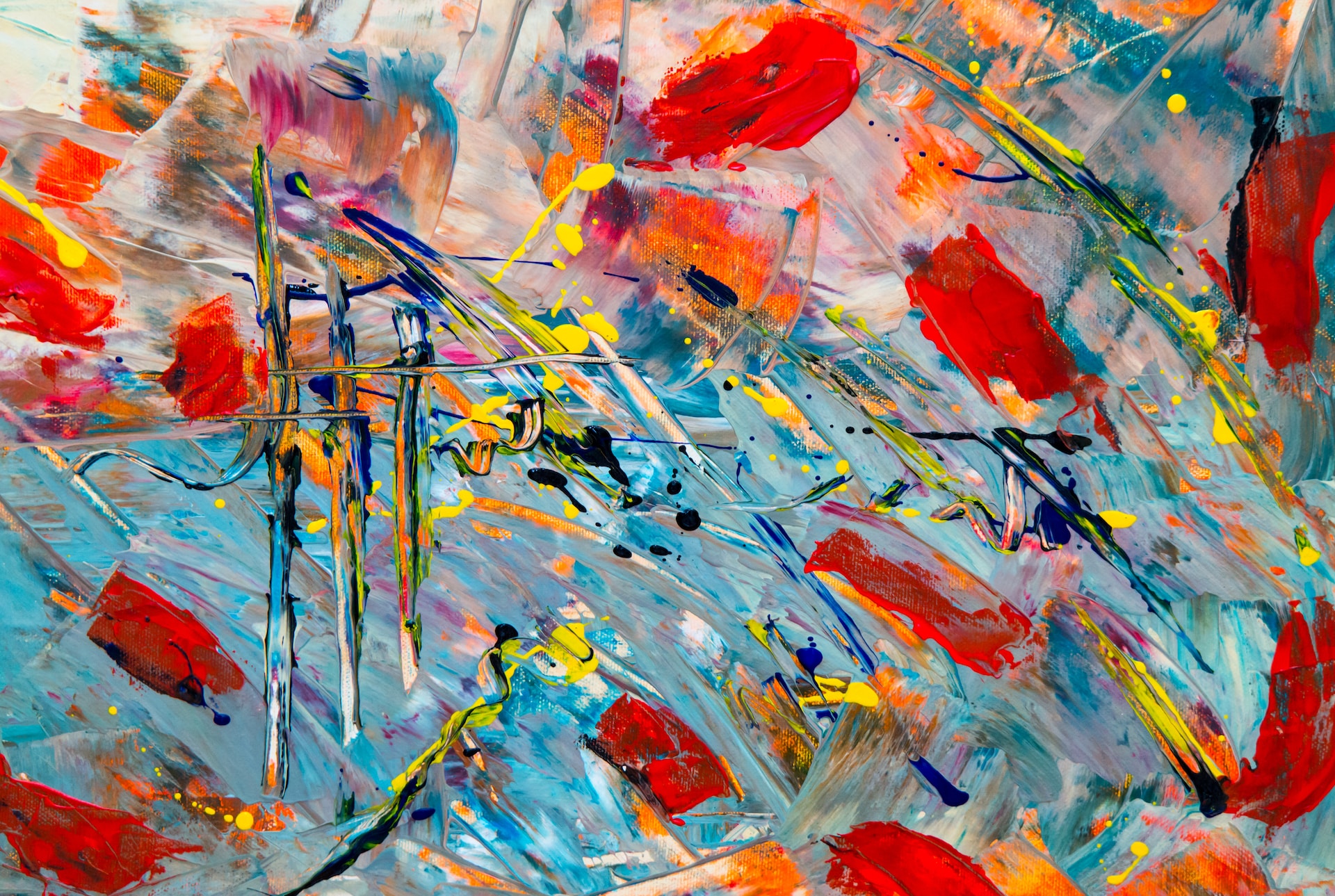In the vast expanse of the art world, few movements have been as groundbreaking or as influential as Abstract Expressionism. This post-war art movement, primarily rooted in the United States, liberated artists from the constraints of traditional forms, allowing them to communicate the ineffable emotions, the chaos, and the sublime that words often fail to capture. Dive deep into the world of Abstract Expressionism paintings, exploring their origins, techniques, and lasting influence.
1. Origins of Abstract Expressionism
Emerging in the 1940s and reaching its pinnacle in the 1950s, Abstract Expressionism was a reaction to the traumas of World War II and the nuclear age. The movement, centered in New York, championed a fresh approach to painting, where the canvas became an arena for artists to channel their deepest emotions and existential concerns.
2. Key Characteristics
While diverse in its expressions, certain traits define Abstract Expressionist paintings:
- Spontaneity: The process was often as important, if not more, than the outcome. This spontaneity led to unexpected patterns, textures, and forms.
- Large Canvases: Immense scales added to the intensity and immersive experience.
- Bold Strokes and Colors: Vigorous brushwork and a dynamic palette were emblematic of the movement.
3. Impact on the Art World
Abstract expressionism paintings shattered conventions. It positioned New York as the new center of the art world, dethroning Paris. More than that, it heralded a new way of understanding and interacting with art where viewers were encouraged to delve into their interpretations, unguided by representational cues.
4. Luminaries of the Movement
While several artists contributed to the movement, a few stand out:
Jackson Pollock: Known for his “drip paintings,” Pollock’s method involved dripping or pouring paint onto the canvas from above, resulting in intricate, web-like patterns.
Willem de Kooning: Oscillating between abstraction and figuration, Willem de Kooning’s works, like “Woman I,” are characterized by aggressive brushwork and distorted forms.
Mark Rothko: His “color field” paintings, comprising large rectangles of color, evoke profound emotional reactions, offering viewers a spiritual experience.
5. Critiques and Evolution
Like all movements, Abstract Expressionism wasn’t without detractors. Critics argued that the paintings were too detached from reality, too chaotic, or too introspective. By the 1960s, newer movements like Pop Art began to emerge, responding to the changing socio-cultural landscape. Yet, the influence of Abstract Expressionism remained undeniable.
6. Legacy in Contemporary Art
The spirit of Abstract Expressionism persists in contemporary art. Today’s artists, armed with an expanded toolkit, from digital media to unconventional materials, continue to explore abstraction’s endless possibilities. Yet, the core essence of channeling raw emotion onto the canvas remains unchanged.
Conclusion
Abstract Expressionism paintings represent more than just splashes of paint and non-representational forms. They are a testament to the human spirit’s resilience, its ability to find beauty amidst chaos, and its insatiable need to express the inexpressible. As we stand before Pollock or Rothko, we’re reminded of art’s unparalleled power to move, challenge, and transform. In the dance of colors and forms, Abstract Expressionism invites us to see not just the painting, but a reflection of our innermost selves.
































































